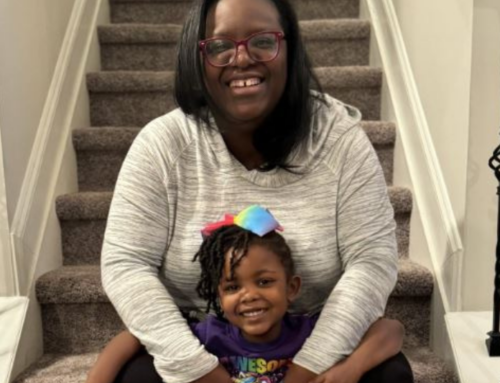This article originally appeared as a 5 Things Digest for the National Training & Technical Assistance Center and was written by Eve Kucharski and Chyenne Mallinson.
Throughout the course of a year, a mental health practitioner may see dozens, if not hundreds, of patients requiring services or treatment. A large percentage of those patients are part of the LGBTQ+ community, whose members span across all ages, races, ethnicities, religions, and other cultural identities. The intersectional and complex nature of these identities can be challenging for mental wellness and system of care (SOC) providers, especially those who are not LGBTQ+ themselves. The National Alliance on Mental Illness (NAMI) states that LGB (lesbian, gay, and bisexual) adults are more than twice as likely as their heterosexual counterparts to experience a mental health condition, and this is four times as likely for the transgender population. LGBTQ+ youth struggle similarly.
“LGB youth also experience greater risk for mental health conditions and suicidality. LGB youth are more than twice as likely to report experiencing persistent feelings of sadness or hopelessness than their heterosexual peers. Transgender youth face further disparities as they are twice as likely to experience depressive symptoms, seriously consider suicide, and attempt suicide compared to cisgender lesbian, gay, bisexual, queer, and questioning youth.” (NAMI)
Systems of care must increase their understanding of and capacity to appropriately support all who identify as members of the LGBTQ+ community. The following is a list of methods and accompanying resources that has been compiled to aid practitioners and system leaders in providing culturally competent care for the LGBTQ+ community at any stage in the health care process.
1. Ensure You’re Using Gender- and Identity-Affirming Care and Language During Practice
Anti-LGBTQ+ prejudice and bias, whether conscious or unconscious, can appear in many forms and at many stages within the SOC. However, LGBTQ-affirming mental health practitioners and mental wellness advocates can and should take steps to help reduce instances of implicit bias and microaggressions.
Taking time to assess, and possibly create, intake materials to be affirming to diverse sexual orientations and gender identities is time well spent. The National Education Association has created a helpful list of implicit biases, microaggressions, and stereotypes that include examples that may affect patients with LGBTQ+ and other intersectional identities.
Beyond what is written, mental health practitioners and mental wellness advocates should also be mindful of adopting acceptance into their language when interacting with patients and anyone else within the SOC.
Resources:
Being LGBTQ-affirming—and fostering an environment that allows fellow SOC, mental health practitioners, and mental wellness advocates to do so—is important, and it’s also vital to make it known. Because of bad experiences with health providers in the past, homophobic environments, and other traumatic experiences, many LGBTQ+ people avoid seeking health care of any kind. For this reason, a visit to any health care professional might be a potentially traumatizing experience, and it’s necessary to showcase one’s support of LGBTQ+ people through inclusive office decor, pamphlets, community partnerships, or other means of advertising.
Resources:
“Training staff in culturally sensitive terminology and transgender topics (e.g., use of chosen name and pronouns), creating welcoming and affirming clinical environments, and assessing personal biases may facilitate improved patient interactions.” (American Family Physician)
5. Take Time to Research Different LGBTQ+ Identities and the Barriers to Care Each Population May Currently Face
In order for SOC and mental health practitioners to better serve their patients, it is helpful to do background research on the different populations/identities that make up the LGBTQ+ community. Having more than surface-level knowledge may alleviate the patient’s burden of having to explain their identity, something that may often happen in other areas of their life. LGBTQ+ patients, especially transgender and gender-diverse individuals, often face significant barriers to care. As a provider, understanding these barriers can improve one’s own practice and encourage peers to follow suit.
Resources:




